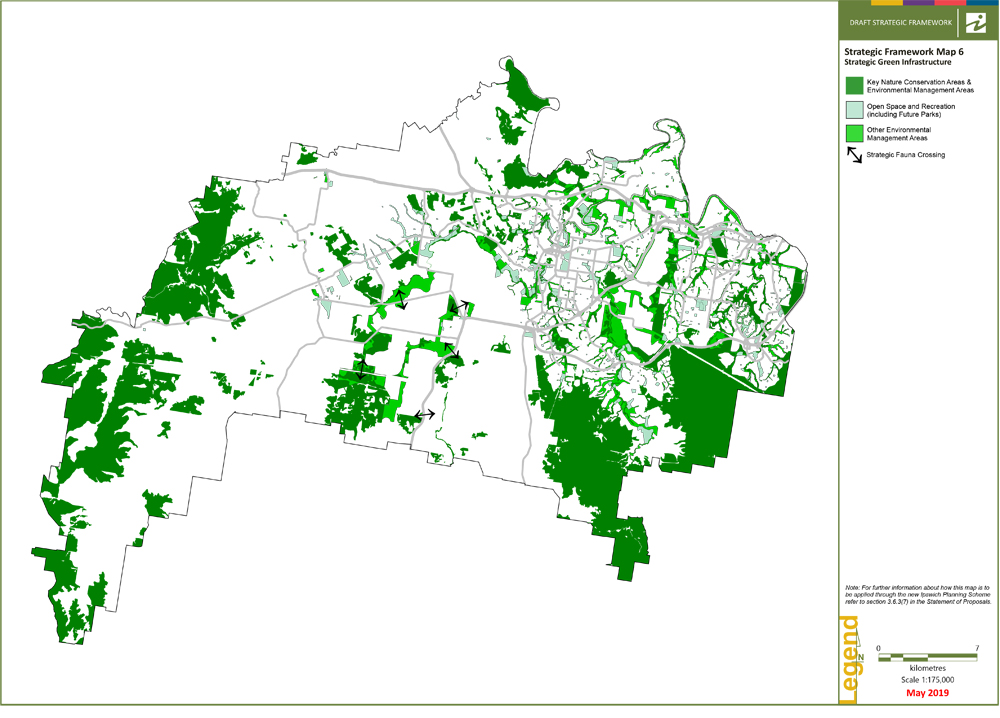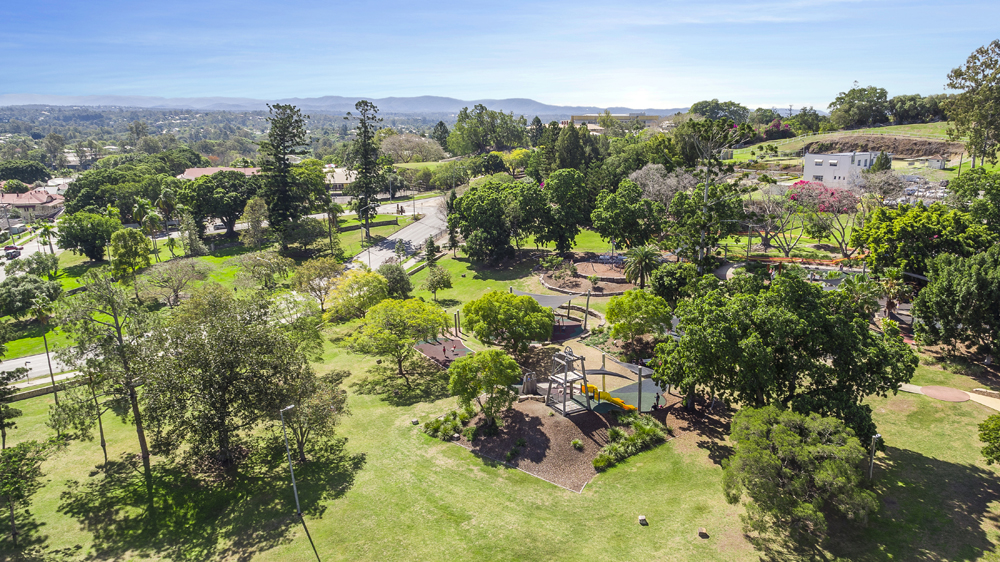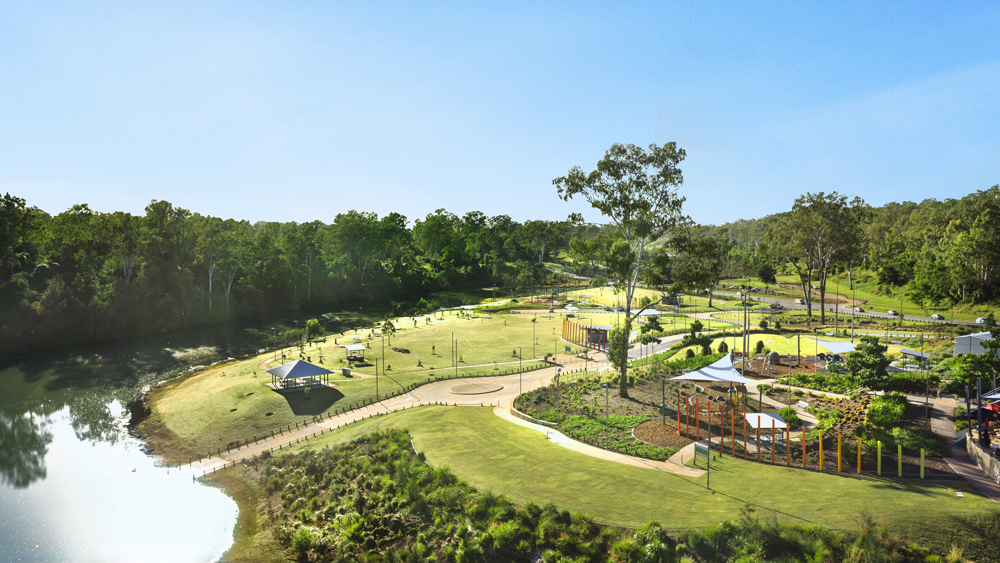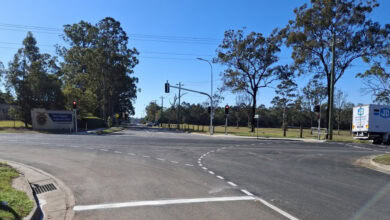When you think of a city planning scheme, chances are developments such as new homes, shopping centres and industrial warehouses most readily come to mind.
However, the planning scheme also plays an important role in shaping and protecting the environment.
A two-year process to develop a new city planning scheme is underway, with council calling on the community to have its say.
The draft planning scheme vision statement in the recently released Statement of Proposals aspires to an Ipswich where the following happens in relation to the environment:
- Ipswich is identifiable as one city incorporating its natural, rural and urban areas. It is a harmonious, safe and tolerant community, drawing together and building upon its rich multicultural diversity.
- Ipswich is a sustainable and ecologically resilient city that forms an integral part of the ‘green lungs’ of SEQ. Extensive tracts of natural vegetation sustainably support native wildlife.
- Waterways are rehabilitated and protected, providing a high standard of water quality, habitat and fauna connectivity and recreational outcomes while at the same time reducing the impact of major storm and flood events.
- Supporting an active and healthy lifestyle, the city has extensive parks, sportsgrounds and open space areas for residents and visitors to enjoy with an integrated open space network that meets the community’s recreation and leisure needs, provides opportunities to connect with nature and creates clear boundaries to help identify residential communities.
To achieve this vision, a network of ‘green infrastructure’ has been identified that includes natural areas and features as well as constructed assets. This green infrastructure network, shown in the map below, is made up of:
- The existing and planned public parks network.
- Natural areas and links including areas of high environmental value and areas that have a multi-functional purpose and range of values (for example land use buffer areas).
- Significant watercourses within the urban area that are to be retained and managed in their natural form.
- Other significant areas of land and constructed assets that form part of the drainage network.
- Other key green infrastructure assets such as strategic crossings for native animals.

Having trouble viewing the map? Download it here.
Pursuing and planning for green infrastructure is important because it provides environmental, social and economic benefits to the community, contributing to the overall liveability of the city.
It also contributes to climate change response and community resilience, for example by supporting urban cooling, providing refuge for native animals and managing water.
Ipswich has a strong track record of implementing policies that conserve or enhance the environment.
This is particularly evident in the fact that Ipswich City Council has acquired more than 6,500 hectares of reserves and conservation estates to ensure they remain sustainably managed and secured for the future.
Read more and have your say on the draft Ipswich Planning Scheme Statement of Proposals here.
Also read:
>> Where the jobs will be in Ipswich
>> Explained: What is a planning scheme and why it matters to you




Why are you allowing developers to level the landscape, removing every single tree? Thats what see dring through Collingwood Park.